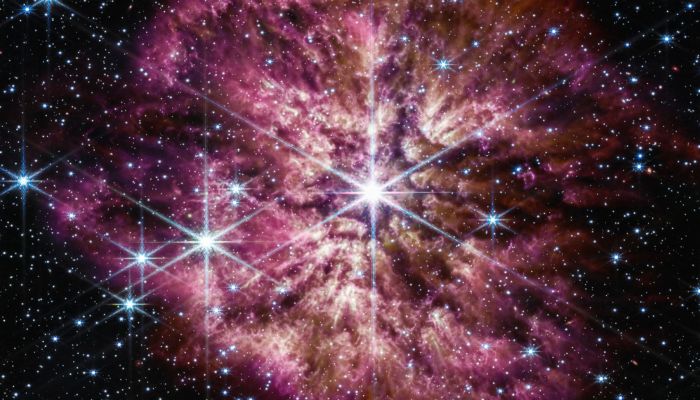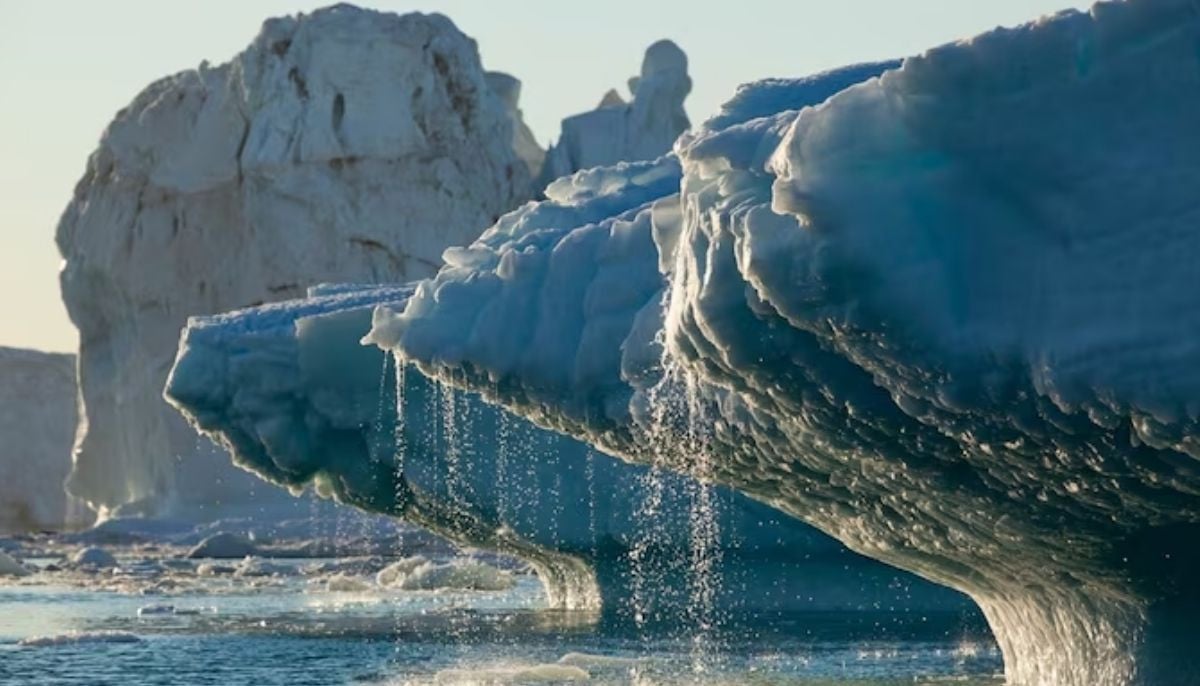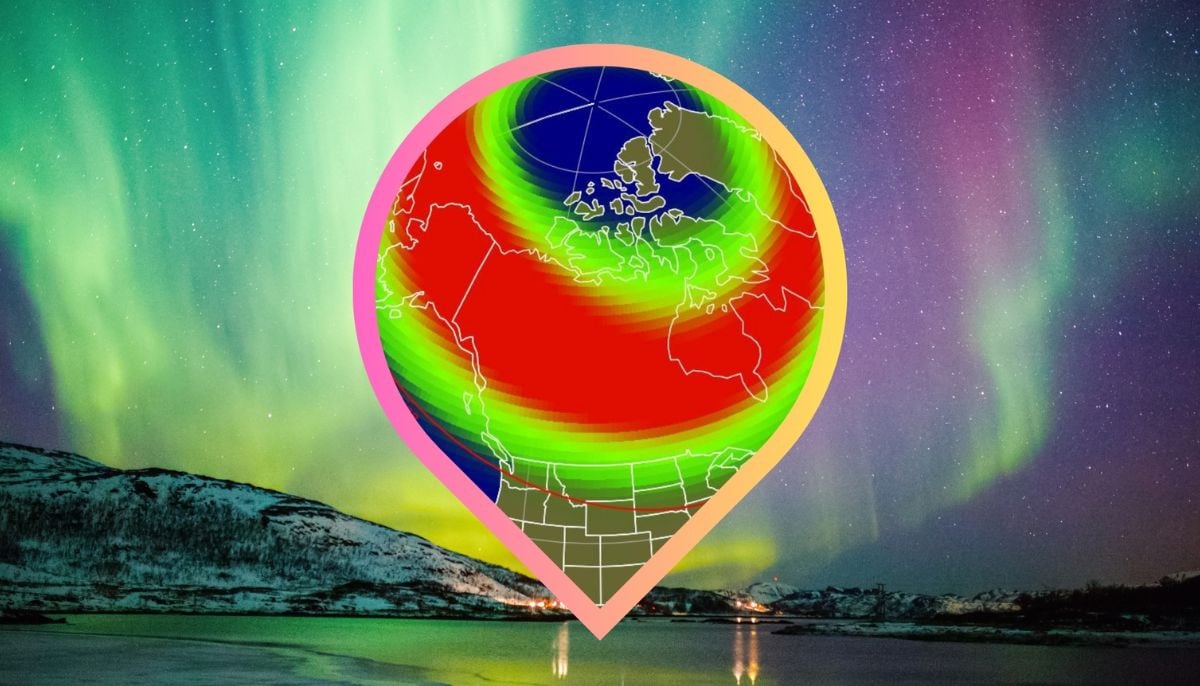Take a look at this image of a dying star
Through its infrared lens, NASA's JWST spotted the gas and dust flinging out into space by a gigantic start nearly 15,000 light-years away
In another one of its fascinating feats, NASA's James Webb Space Telescope has captured the image of a star on the brink of death.
Through its infrared lens, the JWST spotted the gas and dust flinging out into space by a gigantic start nearly 15,000 light-years away.
The shimmering purple material seen at the borders was once the outer layer of the huge star Wolf-Rayet 124. The star is 30 times bigger than the sun and exists in the constellation Sagittarius. According to NASA, the giant has already let go of material that is 10 times more than our sun.
"What we're seeing in this beautiful new image at the very centre is a star," said NASA's Amber Straughn, as reported by Sky News.
"The light from that star has been travelling through space for about 15,000 years, it's 15,000 light years away until it hit the detectors on the telescope. And the material that you're seeing around the central star that looks like dust is dust," she said, adding that stars shed out their outer material into the universe when they are about to die.
She called it "one of the most beautiful concepts" in astronomy. It is called Carl Sagan's Stardust concept which says that the iron in our blood and the calcium in our bones was actually from stars that exploded like this, billions of years ago. According to Sagan, we are literally stardust.
Straughn claimed that this dust was going to make new planets. "And this is how we got here, in fact."
A few decades ago, the Hubble Space Telescope shot the same transitioning star. At the time, it looked like a fireball and there were not many delicate details.
As per scientists, only a few stars go through this transformation and this last step is what happens right before their death, the supernova.
-
Elon Musk’s Starlink rival Eutelsat partners with MaiaSpace for satellite launches
-
Blue Moon 2026: Everything you need to know
-
Scientists unravel mystery of James Webb’s ‘little red dots’ in deep space
-
ISS crew of four completes medical evacuation with safe splashdown off California
-
Annular solar eclipse 2026: Here's everything to know about the ‘ring of fire’
-
World’s first ice archive created to preserve fast-melting glaciers’ secrets
-
NASA, DOE to develop Nuclear Reactor on the Moon by 2030
-
Aurora alert: Northern lights visible tonight at high latitudes












